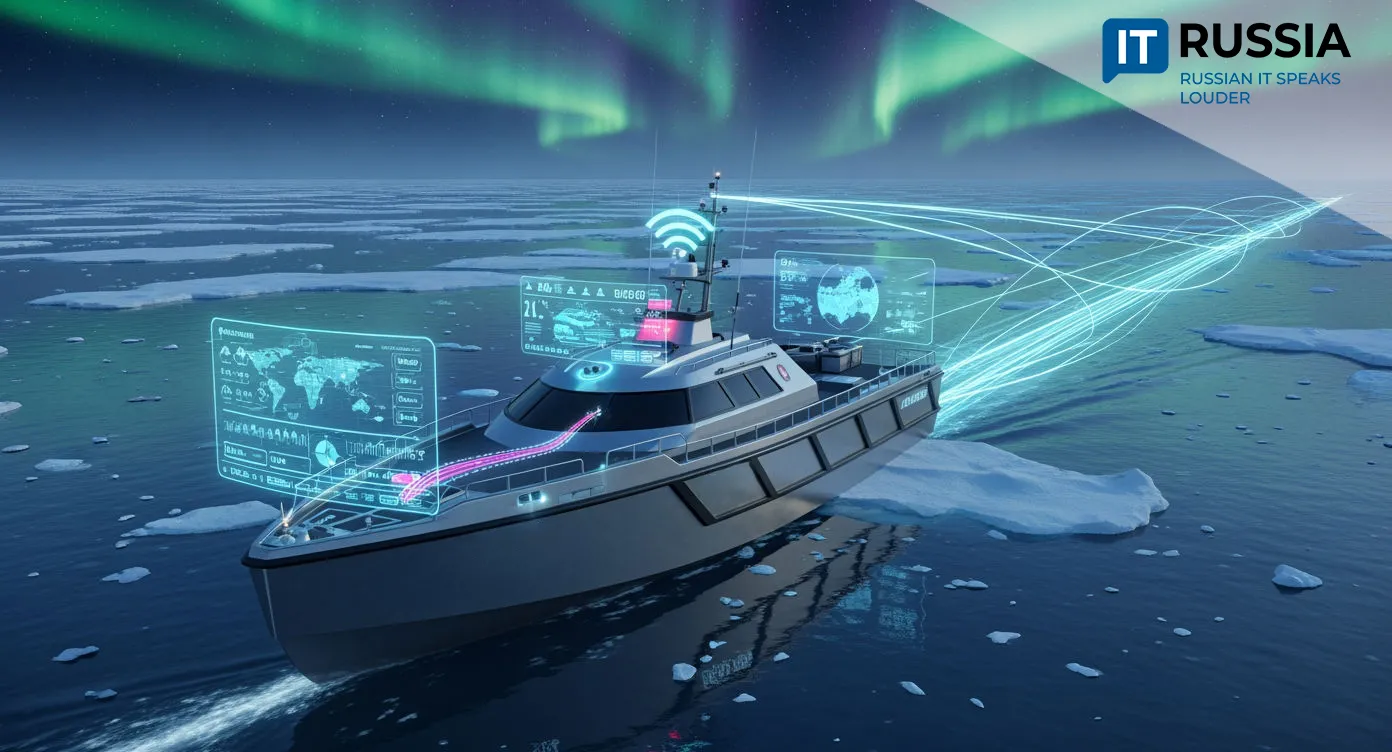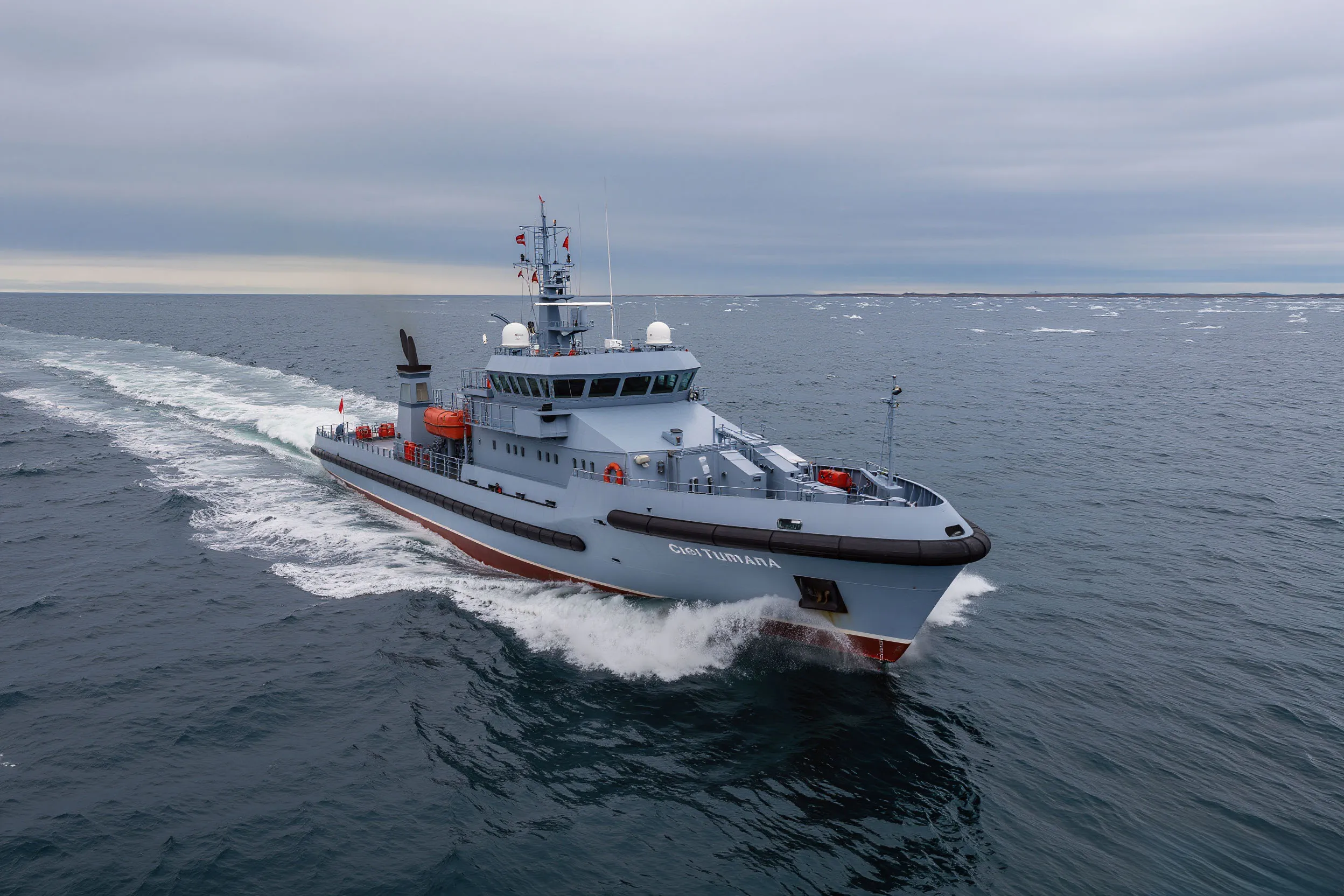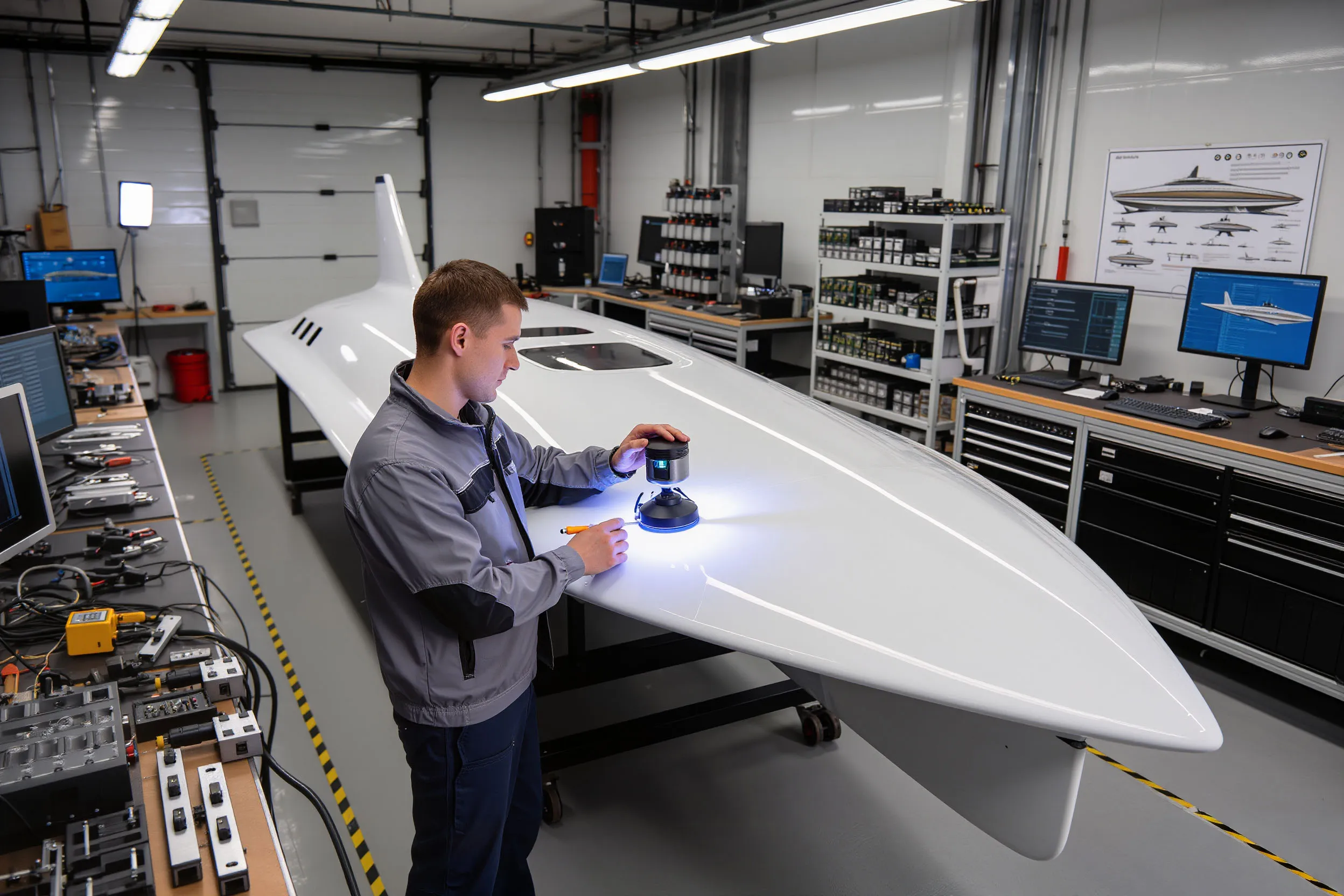Murmansk Launches an Uncrewed Arctic Fleet
A Murmansk-based developer has completed successful trials of an autonomous high-speed vessel in the Barents Sea, signaling Russia’s next major step toward fully unmanned Arctic logistics.

Autonomous Navigation Across Icy Waters
Murmansk company NPK Progress has completed successful trials of its uncrewed prototype vessel, Heroes of the Fog, in the Barents Sea. The vessel departed from Ura Bay and autonomously navigated to Kildin Island, demonstrating a control range of up to 100 kilometers. During the test, it covered 50 kilometers at an average speed of 60 km per hour while carrying a 200‑kilogram payload—showcasing the practical readiness of the technology for northern marine operations.
NPK Progress, registered in April 2024 as a resident of the Russian Arctic Zone, received an investment of roughly $35955.06 to build a production facility capable of assembling 1,500 uncrewed vessels per month. Founder and CEO Ivan Sukhanov outlined plans to extend remote‑control ranges to 100 and 300 kilometers, enabling coverage of the region’s most remote settlements.

Beyond technological achievement, the project promises major social benefits. For residents of the Murmansk Region, uncrewed marine logistics could transform access to isolated communities—including closed administrative territories with no land connections.
For Russia, autonomous maritime systems strengthen technological sovereignty in the Arctic and support import substitution in critical infrastructure. Internationally, the system offers a competitive logistics solution for countries facing similar Arctic challenges.
Toward a Regional Autonomous Delivery Network
Scalability of the Murmansk solution opens broad possibilities for logistics across the High North. Planned increases in payload capacity—from 200 kilograms to 1 metric ton—will allow commercially viable routes and regular schedules. Integration with secure satellite channels, now under development, will address connectivity limitations and enable fully autonomous vessel control.
Demand is emerging across other regions as well. In Arkhangelsk, a pilot project will deliver cargo to the Solovetsky Islands using uncrewed vessels. On Sakhalin, Sitronics KT and courier service CDEK completed their first uncrewed delivery to an island in September 2025 using the vessel Strannik, demonstrating the technology’s scalability.

Russia’s export potential is significant. Countries with similar geographic challenges—including Scandinavian nations, Canada, Alaska, and other Arctic territories—are seeking reliable ways to supply remote regions. Russia’s solution, engineered for ice pressure, storms, and extreme temperatures, positions the country as a strong competitor in the international maritime robotics market.
Russia’s Expanding Arctic Tech Ecosystem
In 2024, Rosatom and the Moscow Institute of Physics and Technology tested an ice‑reconnaissance drone system in the Ob Bay of the Kara Sea. Other Arctic drones have since proved capable of operating at night in winds of 15–17 m/s and temperatures as low as −25°C.
In January 2025, engineers in Saint Petersburg developed a compact autonomous vessel capable of following preset routes and transmitting sensor data in real time. In July 2025, the Kingisepp Machine‑Building Plant launched a centralized maritime drone manufacturing center with a full testing range. By September 2025, the Ushkuynik R&D Center unveiled Russia’s first fiber‑optic‑controlled uncrewed vessel.
Expansion of the Northern Sea Route—Russia’s strategic Arctic corridor—has accelerated the adoption of digital technologies. Rosatom, serving as the unified infrastructure operator, is building a digital ecosystem to enhance navigation safety and improve cargo efficiency across the region.

Path Toward Fully Autonomous Arctic Logistics
Short‑term plans through 2027 include additional missions and expanded trials in the Barents Sea under varying weather conditions. Mid‑term milestones through 2030 involve launching serial production of enhanced uncrewed vessels and establishing regular commercial routes serving closed towns, remote villages, and islands.
Secure satellite communications will enable stable long‑distance control, making fully autonomous operation possible. A region‑wide uncrewed logistics network would connect Murmansk with remote Arctic territories, improving quality of life and economic resilience. Beyond 2030, uncrewed maritime logistics is expected to become standard for Arctic operations.
Combined systems—pairing uncrewed vessels with drones for last‑mile delivery—could form an integrated logistics ecosystem. Export of maritime robotics technologies would strengthen Russia’s position in the global Arctic transport market and support high‑tech exports to countries with similar climates.










































